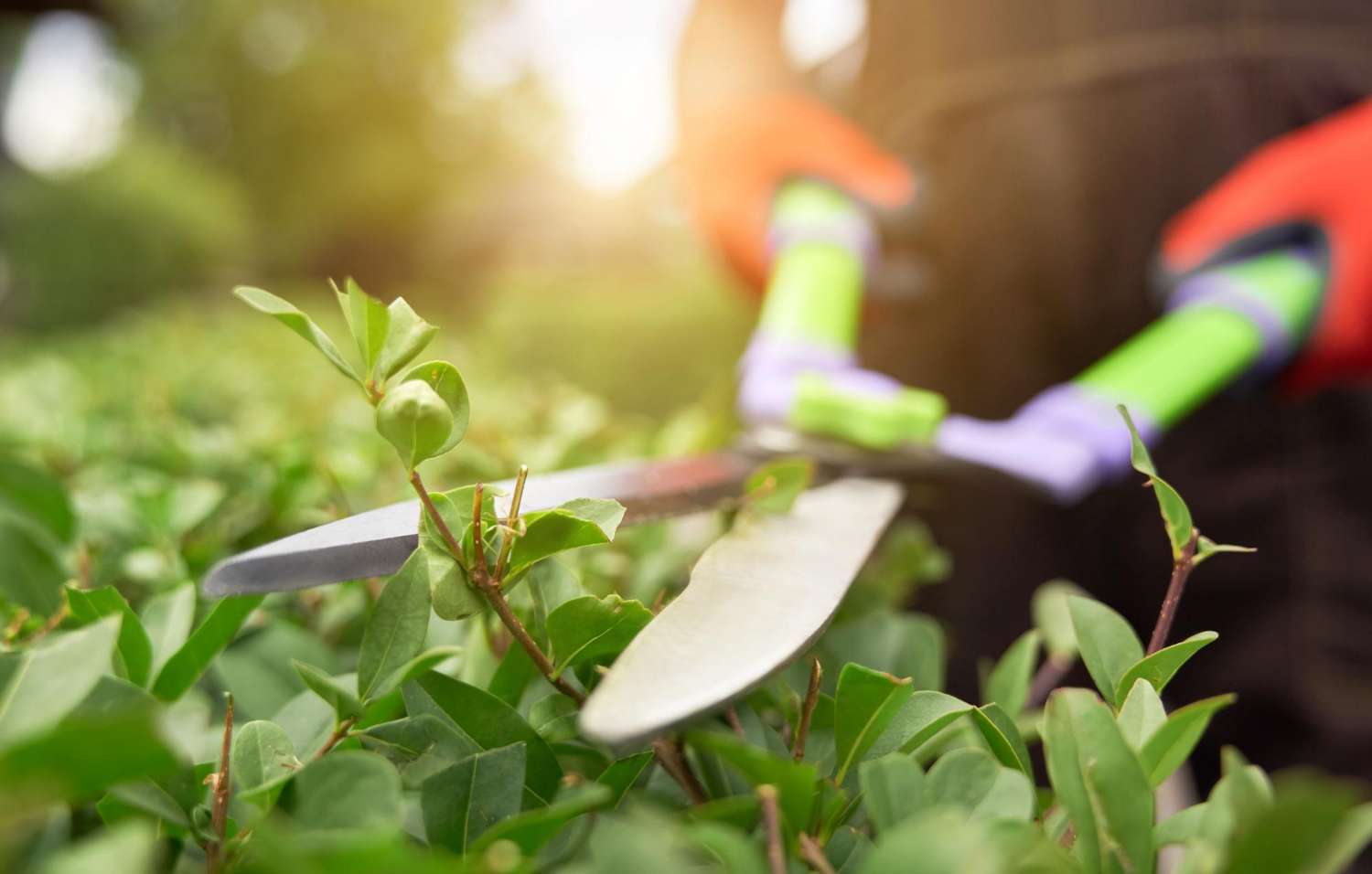Hedge Maintenance for a Polished Look: Precision, Privacy and Professional Appeal
A well-maintained hedge does more than mark a boundary—it defines the character of a space. Whether framing a corporate frontage, bordering a public green, or screening a residential development, hedges are vital landscape elements that offer structure, privacy and year-round greenery.
But without regular care, hedges quickly become untidy, overgrown or sparse. And when this happens, the entire outdoor environment suffers—making even the best-designed sites appear neglected.
In this blog, we’ll explore why hedge maintenance matters, how often to trim, the best techniques to use, and how to keep hedging in prime condition for a sharp, polished finish across commercial and public landscapes.
Why Hedge Maintenance Matters
✔ First Impressions Count
Neatly clipped hedges signal professionalism, order and attention to detail. Overgrown ones do the opposite—detracting from kerb appeal and reducing trust in site standards.
✔ Supports Long-Term Health
Regular trimming helps hedges stay dense and compact, preventing gaps, dieback or legginess. This is especially true for species like Box, Yew or Privet.
✔ Improves Safety and Visibility
Left unchecked, hedges can obstruct footpaths, signage or CCTV lines. Maintaining a clear boundary improves visibility, lighting and public safety.
✔ Enhances Biodiversity
Thoughtfully managed hedgerows support nesting birds, pollinators and small mammals. Timing and technique make all the difference when aiming to balance neatness with habitat value.
For professional upkeep across all environments, see our tree & hedge maintenance services page.
How Often Should Hedges Be Trimmed?
The frequency depends on hedge type, growth rate and desired shape:
| Hedge Type | Trimming Frequency | Best Months |
|---|---|---|
| Formal Evergreen (Box, Yew, Privet) | 2–3 times/year | Late spring to early autumn |
| Informal Evergreen (Laurel, Viburnum) | 1–2 times/year | Spring and again if needed |
| Deciduous (Hornbeam, Beech) | Once/year | Summer (after birds have fledged) |
| Mixed Native Hedgerows | Once every 1–2 years | Late winter (Feb preferred) |
Always check for nesting birds between March and August before cutting.
Best Practices for a Clean, Professional Finish
✂️ 1. Use the Right Tools
- Electric or petrol hedge trimmers for larger areas
- Long-reach hedge cutters for taller specimens
- Hand shears for precision or smaller jobs
Keep blades sharp and disinfected to ensure clean cuts and prevent disease spread.
🧱 2. Shape Correctly
Trim wider at the base than the top to ensure light reaches lower leaves. This encourages full, even growth and prevents bare stems.
For formal hedges, use string lines, stakes or templates to maintain symmetry across long runs.
🕑 3. Time It Right
- Avoid pruning during dry spells or heatwaves
- Trim on overcast days to reduce leaf scorch
- Prune after flowering for species like Escallonia or Lavender
🍂 4. Clear Arisings
Always remove clippings from the base to prevent decay, disease and regrowth suppression. Compost where possible or dispose of through green waste services.
Addressing Common Hedge Problems
🔻 Gaps or Thin Patches
Caused by over-pruning, poor light, or ageing. Solutions include:
- Reducing height to encourage basal growth
- Interplanting with new saplings
- Feeding and mulching to boost vigour
🔺 Uneven Growth
Often due to poor shaping or lack of trimming. Use topiary frames or string lines and always work methodically, from bottom up.
🐛 Pest or Disease
Box Blight, scale insects and aphids can all impact UK hedging. Ensure sharp cuts, good air circulation, and monitor regularly for early intervention.
Frequently Asked Questions
How do I keep hedges dense and bushy?
Trim regularly and lightly from the sides to encourage branching. Don’t cut too far into woody stems, especially with slow growers like Yew.
Can I reduce the height of a tall hedge?
Yes, but do so gradually over 2–3 years to avoid shock. Cutting back too hard in one go can leave hedges bare or slow to recover.
What’s the best hedge for a low-maintenance, formal look?
Box or Privet offers a neat finish with fewer cuts needed than fast-growing options. For modern settings, Portuguese Laurel provides structure with dark green foliage.
Do I need permission to trim hedges?
On private land, no—unless they’re in a conservation area or form part of a protected boundary. Always check local guidelines and consider nesting seasons.
Hedge Maintenance for Commercial Settings
Hedge lines in business parks, schools, healthcare sites or retail zones should be maintained as part of a wider grounds maintenance plan. Key strategies include:
- Scheduled seasonal visits
- Consistent shaping across the site
- Responsive care to weather and growth conditions
- Integrated pest and soil health monitoring
Professional contractors can offer proactive maintenance that ensures presentation never slips—ideal for high-profile or heavily used environments.
Conclusion
A sharp hedge makes a strong statement. It shows your site is well-managed, secure and professionally presented—an impression that matters just as much as the buildings themselves.
By trimming at the right times, using the correct techniques and addressing issues early, hedges will reward you with structure, colour and privacy for years to come. Whether you’re maintaining a formal perimeter or a natural screening line, consistent hedge care keeps your landscape polished, practical and ready for anything.
Killingley Insights is the editorial voice of NT Killingley Ltd, drawing on decades of experience in landscaping, environmental enhancements, and civil engineering projects across the UK.








